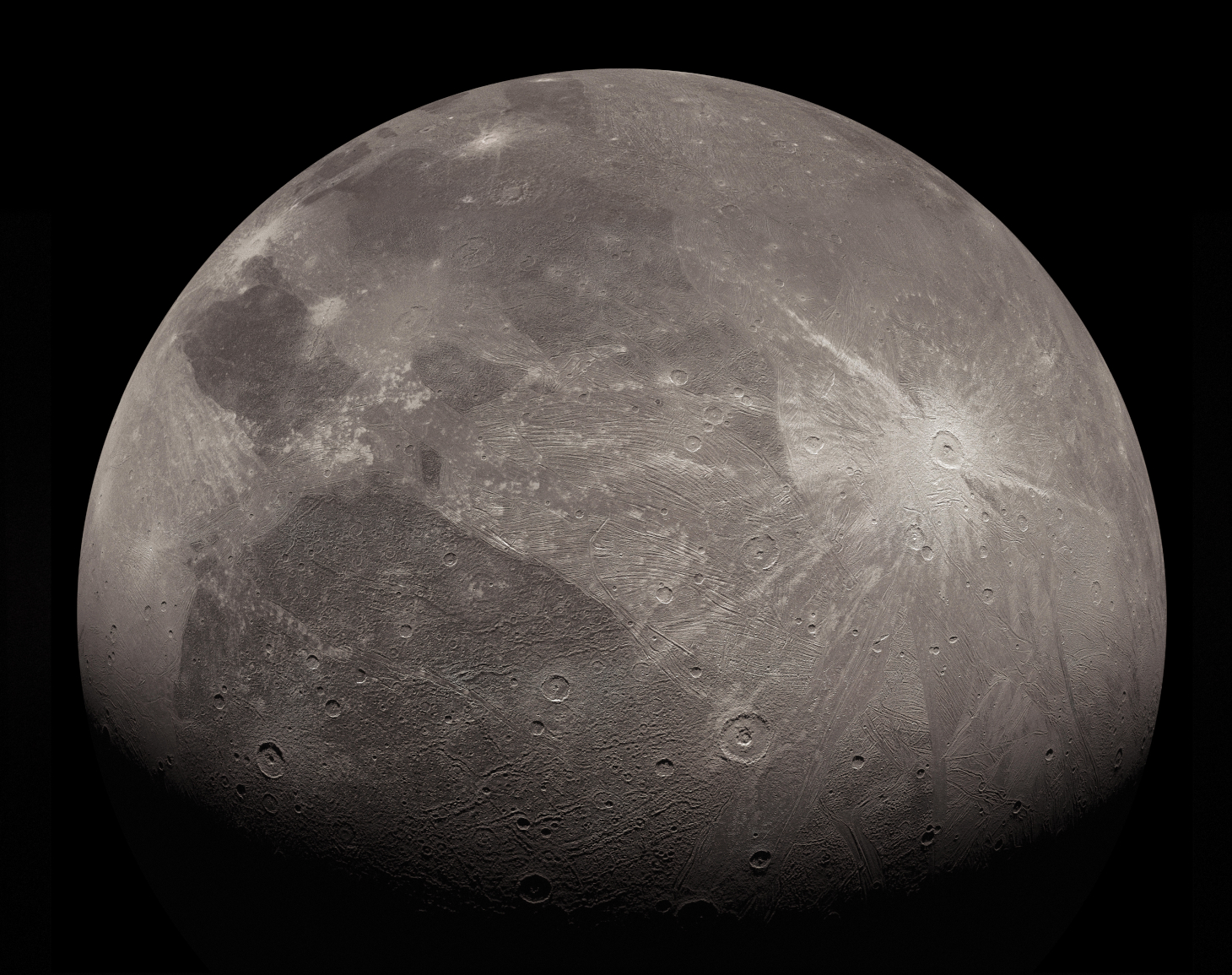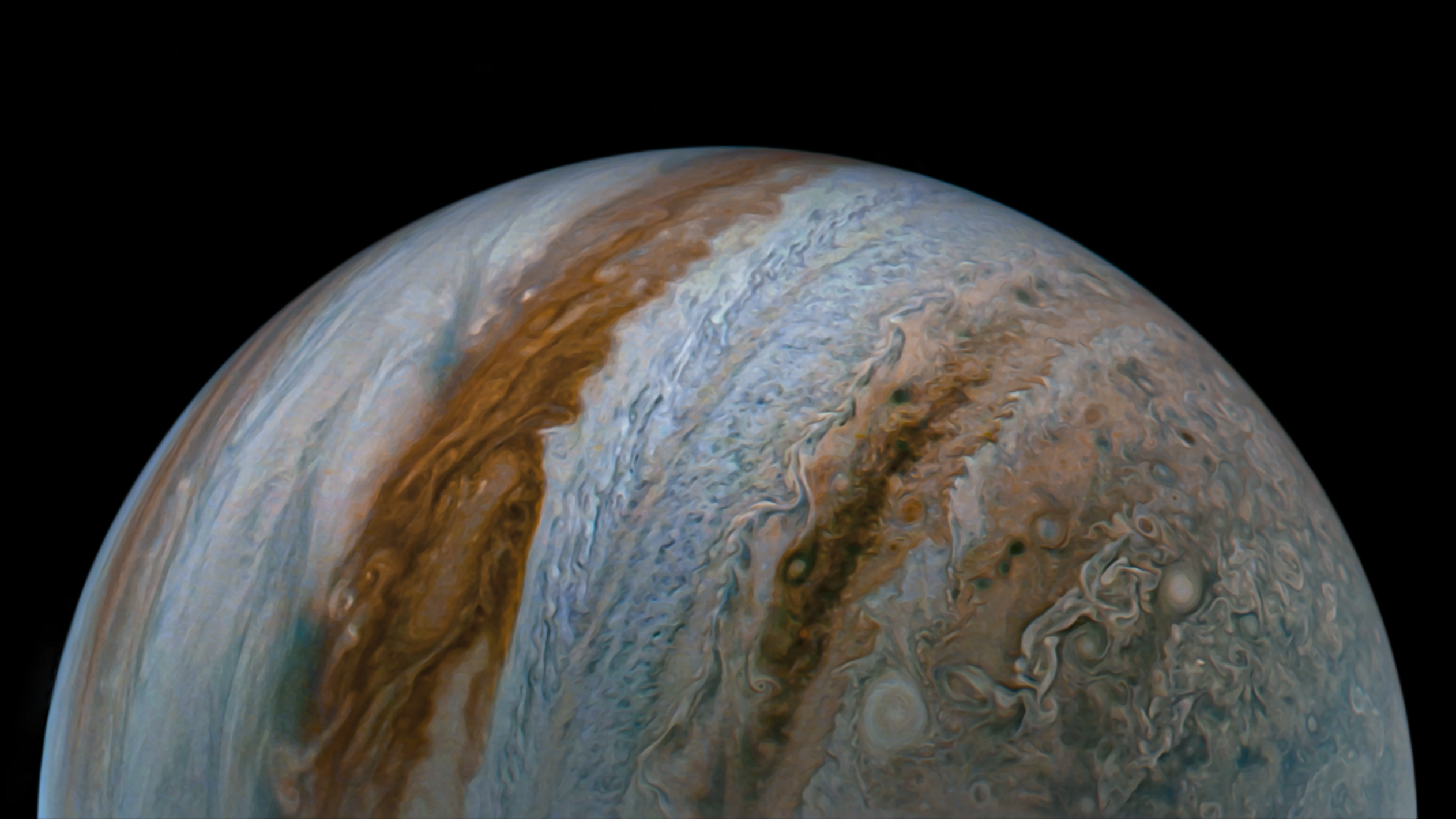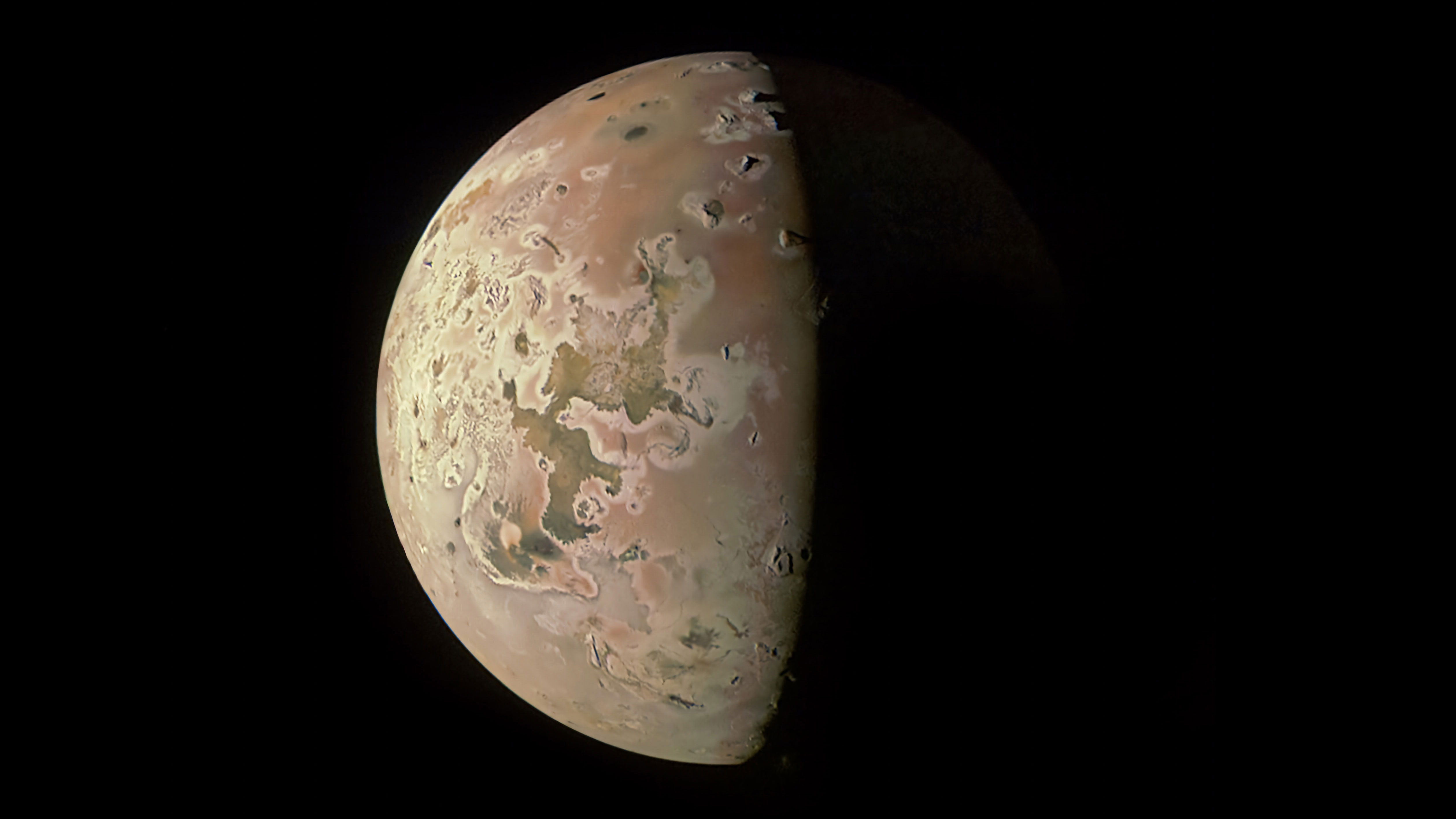I hope the probe survive that ordeal
The Juno probe is designed to handle this environment.
I hope the probe survive that ordeal
NASA’s Juno mission has observed mineral salts and organic compounds on the surface of Jupiter’s moon Ganymede. Data for this discovery was collected by the Jovian InfraRed Auroral Mapper (JIRAM) spectrometer aboard the spacecraft during a close flyby of the icy moon. The findings, which could help scientists better understand the origin of Ganymede and the composition of its deep ocean, were published on Oct. 30 in the journal Nature Astronomy.




Sophia Gad-Nasr
@Astropartigirl
Friends: the latest photo of Jupiter's moon Io, the most volcanically active body in our solar system! It is the closest moon to Jupiter and is one of four Galilean moons (these are the four moons you'll typically see in telescopes). Its surface is speckled with lava lakes and…
Now you’ve said that I cannot unsee it.... And I move that Io be renamed Ferret Face.
I am honored to have been given the privilege of adding content to your life experience.Now you’ve said that I cannot unsee it.


